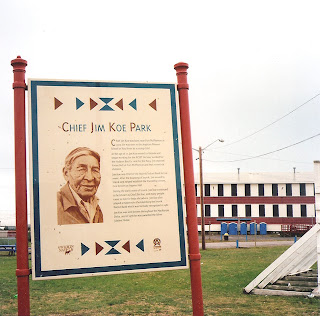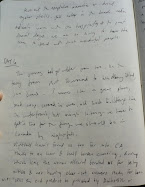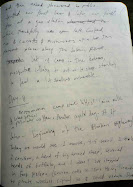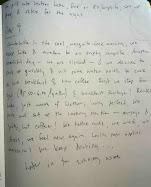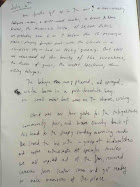 Caribou crossing Alaskan Highway in front of my car - Muncho Lake, British Columbia
Caribou crossing Alaskan Highway in front of my car - Muncho Lake, British Columbia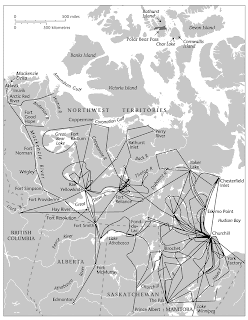 Figure 2. Aerial Surveys of Caribou Populations in 1948
Figure 2. Aerial Surveys of Caribou Populations in 1948Adapted by Eric Leinberger from A. W. F. Banfield, "The Barren-Ground Caribou," Department of Resources and Development, Northern Administration and Lands Branch, 1951.
| THE IMAGE OF NORTHERN scientists, circa 1964, was said to be one of contented indifference to political matters. They were a hardy few, "plying their erudite mysteries among the natives and amid the vastness in virtual aloneness and, to them, happy anonymity."1 But the claim rang false: scientists were neither alone nor anonymous. Accompanied by pilots and administrators, guided by priorities set in southern capitals and universities, scientists had become essential to the political and economic restructuring of northern Canada. | 1 |
| Historians have described how scientists have participated in exploiting and sometimes conserving the natural environment. Scholars in other fields have complemented these efforts, charting the complexity of scientists' roles in environmental affairs. Northern Canada offers opportunities to extend this work. The region presents an unusual, sometimes extreme environment—both a challenge and an attraction to scientists; scientists have also historically played a disproportionate role in shaping attitudes and decisions regarding the North. In this article I seek to explain the paths followed by scientists in the North: the topics they studied, the ideas that guided their work, their methods, their influence on decisions, and how these dimensions of scientific work related to the northern environment. My focus will be on two distinct episodes. In the first, extending over several decades but culminating in the early 1950s, northern Canada attracted the attention of ecologists debating the existence and significance of cycles in animal populations. In the second, which took place during the 1960s and 1970s, notions of ecological fragility again drew ecologists to the North, within a political culture newly sensitive to impacts on this environment. |
from Stephen Bocking, Science and Spaces in the Northern Environment
Bocking, Stephen, Science and Spaces in the Northern Environment. Environmental History 12.4 (2007): 61 pars. 17 May 2009






.jpg)





































